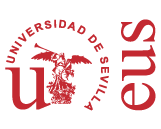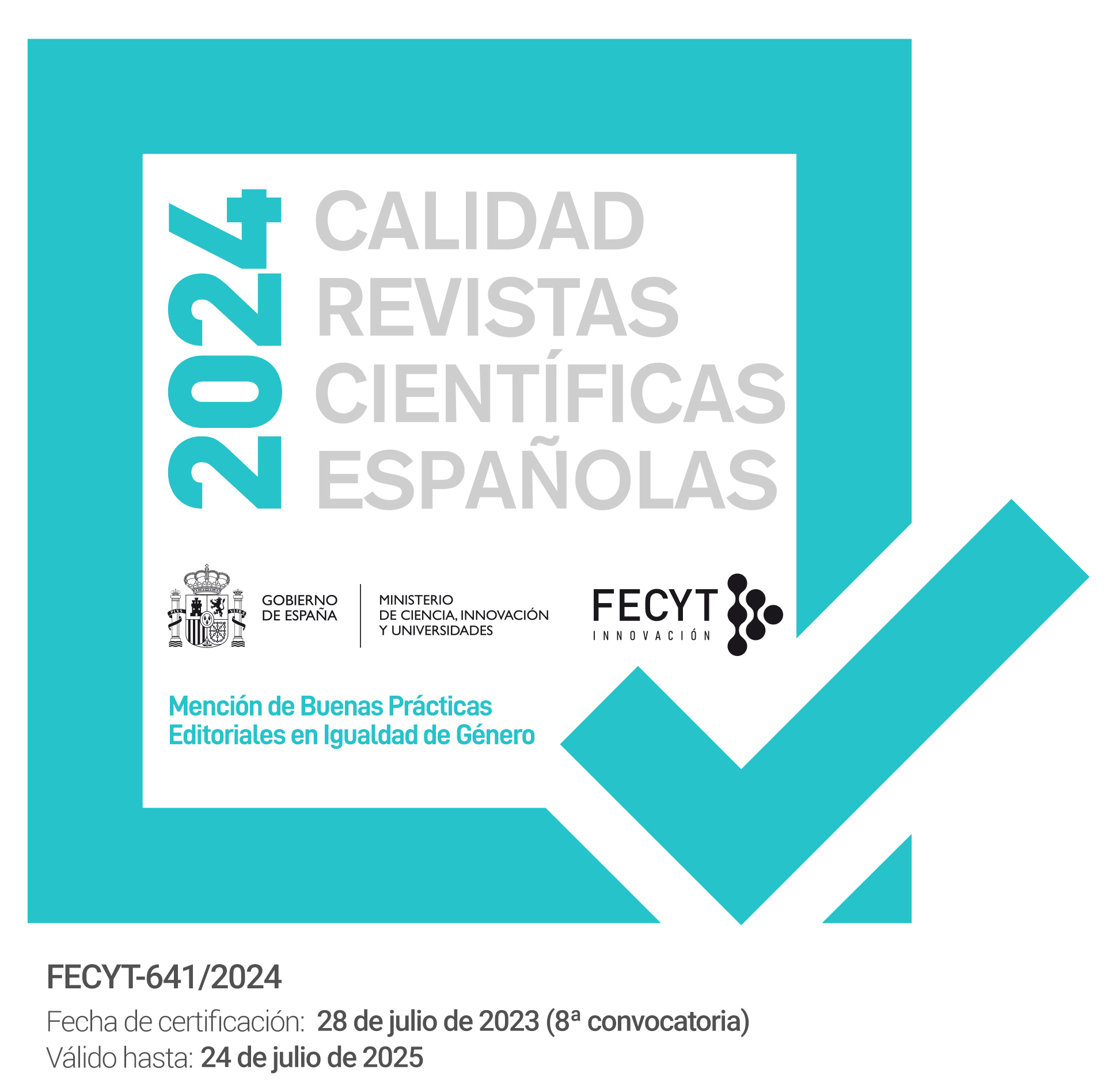The Practice of Pronunciation with Native Speakers as an Example of Autonomous Foreign Language Learning
DOI:
https://doi.org/10.12795/PH.2020.v34.i01.08Keywords:
Autonomy, tandem methodology, inhibitions, Teaching Innovation Project, pronunciationAbstract
With the objective to provide a new proposal aimed at the promotion of autonomy to reach the level described by Henri Holec in his famous definition, this contribution addresses a Teaching Innovation Project carried out by the University of Oviedo and the Ludwig-Maximiliams-Universität München. This Project was intended to promote, through the tandem methodology, the autonomy of the students, both in language and in learning. The results of the Project, focused on improving oral comprehension and pronunciation of the German and Spanish languages, corroborate the initial proposals that the tandem can be introduced from the first levels of learning in L2, and that it serves to help to eliminate inhibitions that in the long run may represent a communication barrier, as long as students are properly supported in their autonomous development
Downloads
References
Belz, J. A. (2002). Social Dimensions of Telecolaborative Foreign Language Study. Language Learning & Technology, 6(1), 60-61.
Benson, P. (1997). The philosophy and politics of learner autonomy. En P. Benson y P. Voller (Eds.), Teaching and Researching Autonomy in Language Learning (pp. 18-34). Longman. https://doi.org/10.4324/9781315842172-3
Brammerts, H. y Kleppin, K. (2006). Ayudas para el tándem presencial. En A. Ojanguren Sánchez y M. Blanco Hölscher (Coords.), El aprendizaje autónomo de lenguas en tándem (pp. 159-170). Servicio de publicaciones de la Universidad de Oviedo.
Brammerts, H. y Little, D. (1996). Leitfaden für das Sprachenlernen im Tandem über das Internet. Brockmeyer.
Dickinson, L. (1987). Self-instruction in Language Learning. Cambridge University Press.
Elstermann, A.-K. (2014). Peergruppen-Beratung in Lernkontext Teletandem. En A. Berndt y R. U. Deutschmann (Eds.), Sprachlernberatung – Sprachlerncoaching (pp. 235-248). Peter Lang.
Esch, K. v. y St. John, O. (Eds.). (2003). A Framework for Freedom. Learner Autonomy in Foreign Language Teacher Education. Peter Lang.
Fernández Quesada, N. (2015). Just the two of us? The “¿Qué tal?” e-Tandem Project for Translation Students. En Procedia-Social and Behavioural Sciences, 173, 31-36. https://doi.org/10.1016/j.sbspro.2015.02.026
Gregerson, T. (2003). To err is human. A reminder to teachers of language-anxious students. Foreign Language Annals, 36(I), 25-32. https://doi.org/10.1111/j.1944-9720.2003.tb01929.x
Holec, H. (1980). Autonomy in Foreign Language Learning. Consejo de Europa.
Horwitz, E. K., Horwitz, M. B. y Cope, J. (1986). Foreign language classroom anxiety. Modern Language Journal, 70(2), 125-132. https://doi.org/10.1111/j.1540-4781.1986.tb05256.x
Huttunen, I. (1993). Towards learner autonomy in a school context. En H. Holec (Ed.), Autonomy and Self-directed Language Learning: Present Fields of Application. Autonomie et apprentissage autodirigé: terrains d’application actuels (pp. 31-40). Council of Europe Press.
Jiménez Raya, M., Lamb, T. y Vieira, F. (Eds.). (2007). Pedagogy for autonomy in language education in Europe – Towards a framework for learner and teacher development. Authentik.
Jiménez Raya, M., Lamb, T. y Vieira, F. (Eds.). (2017). Mapping autonomy in Language Education – A Framework for Learner and Teacher Development. Peter Lang. https://doi.org/10.3726/b11095
Koch, L. (2017). Principles of Tandem Interaction – Reciprocity. En H. Funk, M. Gerlach y D. Spaniel-Weise (Eds.), Handbook for Foreign Language Learning in Online Tandems and Educational Settings (pp. 117-132). Peter Lang.
Little, D. (1991). Learner Autonomy 1: Definitions, Issues and Problems. Authentik.
Martos Ramos, J. J. (2018). Autonomía en el tándem: Espacio para la reflexión. En J. Mª Tejedor, J. J. Martos y L. Trapassi (Eds.), Aplicaciones de la metodología Tándem en la formación universitaria (pp. 169-184). Peter Lang.
Nunan, D. (1997). Designing and adapting materials to encourage learner autonomy. En P. Benson y P. Voller (Eds.), Teaching and Researching Autonomy in Language Learning (pp. 192-203). Longman. https://doi.org/10.4324/9781315842172-16
O’Malley, J. M. y Chamot, A. U. (1990). Learning Strategies in Second Language Acquisition. Cambrige University Press. https://doi.org/10.1017/CBO9781139524490
Oxford, R. L. (1990). Language Learning Strategies: What every Teacher should Know. Newbury House.
Sánchez González, M. (2007). Die Bedeutung der Gradualität für das Konzept des autonomen Lernens. Deutsch als Fremdsprache 4/44, 227- 232.
Sánchez González, M. (2018). Consecuencias de un concepto de autonomía gradual y relacional para el tándem (alemán-español). En J. Mª Tejedor, J. J. Martos y L. Trapassi (Eds.), Aplicaciones de la metodología Tándem en la formación universitaria (pp. 157-168). Peter Lang.
Sánchez González, M. y Koch, L. (2020). From Compulsory to Voluntary Counselling in Tandem. En C. Tardieu y C. Horgues (Eds.), Redefining Tandem Language and Culture Learning in Higher Education (pp. 237-252). Routledge. https://doi.org/10.4324/9780429505898-16
Published
How to Cite
Issue
Section
License
The printed and electronic editions of this Journal are edited by the University of Seville Editorial, and the source must be cited in any partial or total reproduction.
Unless otherwise indicated, all the contents of the electronic edition are distributed under a license of use and distribution “Attribution-NonCommercial-NoDerivatives 4.0 International” . You can view the informative version and the legal text of the license here. This fact must be expressly stated in this way when necessary.
Authors who publish in this journal accept the following conditions:
- The author/s retain copyright and grant the journal the first publication right, and accept it to be distributed with the Creative Commons By NC ND 4.0 licence, which allows third parties to use what is published whenever they mention the authorship of the work and the first publication in this journal and whenever they do not make commercial use and reuse it in the same way.
- Authors can make other independent and additional contractual agreements for the non-exclusive distribution of the article published in this journal (e.g., include it in an institutional repository or publish it in a book) provided they clearly indicate that the work was published for the first time in this journal.
Authors are allowed and recommended, once the article has been published in the journal Philologia Hispalensis (online version), to download the corresponding PDF and disseminate it online (ResearchGate, Academia.edu, etc.) as it may lead to productive scientific exchanges and to a greater and faster dissemination of published work (see The Effect of Open Access).
Accepted 2020-09-21
Published 2020-12-17
- Abstract 286
- pdf (Español (España)) 229
- html (Español (España)) 59
- xml (Español (España)) 72







